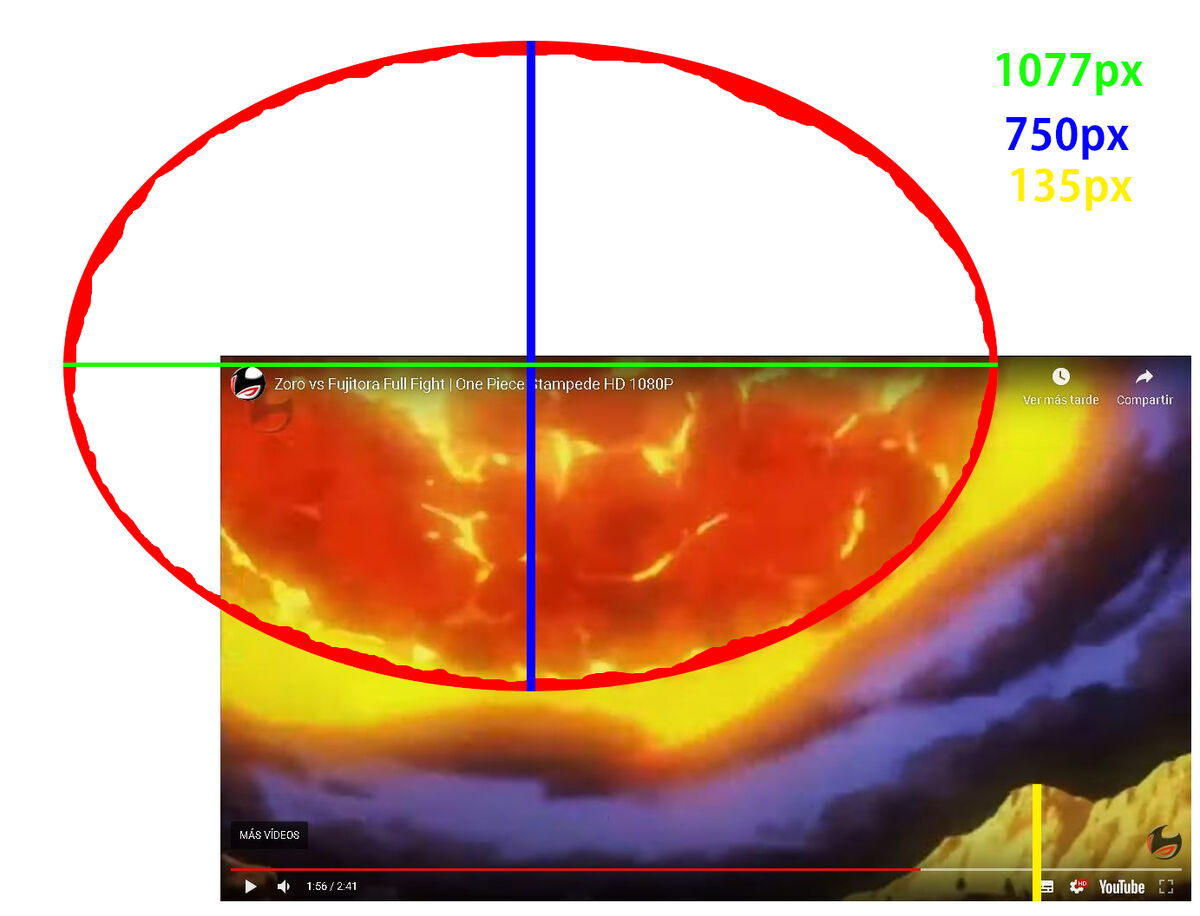- 4,807
- 5,534
Thanks, although that calculator has 8 formulas all with different results, which one should I use?You could probably use this calculator tho
Follow along with the video below to see how to install our site as a web app on your home screen.
Note: This feature may not be available in some browsers.
Thanks, although that calculator has 8 formulas all with different results, which one should I use?You could probably use this calculator tho
Afaik the Du Bois formula is the most commonly used one so i'd say that oneThanks, although that calculator has 8 formulas all with different results, which one should I use?
Use the slow-mo formula.Howdy! how would one of y'all tackle a feat like this one where roger from American dad moves fast enough to perceive a bus moving in slow motion
1669 j/ccDoes Wood have a vaporization value?
need a source1669 j/cc

Questions like that are best kept for the Calc Evaluations thread.
My Stampede feats
vsbattles.fandom.com
is the calculation correct?
You'd need an actual globe to pull it off (Since flatmaps skew out the size of countries to unrealistic proportions), which I'm sure would hide most of the countries, but if there are any defining landmarks there, I suppose so? It's a lot of heavy work to do tho, no telling where what part can suddenly have inconsistent sizes and such.If I have a fictional world map that shows fictional countries like this, can I use the circumference of the planet to measure the size of the countries?
Well those usually have stated distances or some distinct landmarks or some unique appearances that have actual stated distances.Well, maps don't change the size of countries on a massive scale, right? As far as I can remember we often use maps to measure the size of things like explosions
Definitely requires hollowness to be taken into account but uh... don't we have IRL replicas made of the same stuff? Use those I guess?So Iron Monger has a feat in Iron Man 1 where he crushes Tony's helmet
I wanted to ask if this would just be standard crushing calc or if it requires taking the hollowness of the helmet into account somehow
Would i just look for the force needed to crush one of the replicas then? Also i kinda doubt there's replicas of the helmet made out of gold-titanium alloy tbhDefinitely requires hollowness to be taken into account but uh... don't we have IRL replicas made of the same stuff? Use those I guess?
Ouch.Would i just look for the force needed to crush one of the replicas then? Also i kinda doubt there's replicas of the helmet made out of gold-titanium alloy tbh
AFAIK such a scenario doesn't exist yet, Obadiah crushed the helmet in his hand.a little odd idea i just had, not sure if this would work since i came up with it in 1 minute but how about taking the force needed to crush an actual human head (since the helmet is head shaped) and multiplying that by the difference in compressive strength between bone and the alloy?
Again doubt this would work, especially since skulls aren't exactly hollow (they have brains in them after all) but i'm just throwing out some ideas
Yeah good point, i assume the numbers for skull crushing use the assumption of the head being crushed inbetween two hands?AFAIK such a scenario doesn't exist yet, Obadiah crushed the helmet in his hand.
Kashimo's Explosion in the 2nd to latest JJK chapter while being fully submerged.Wrong thread, but whats the feat?
I expectedKashimo's Explosion in the 2nd to latest JJK chapter while being fully submerged.
I don't think that factor would be much of a problem since the heat energy is causing the explosion making it analogous to other sources that would cause a comparable explosion size from underwater. So finding a TnT equivalent wouldn't strike me as much of an issue.I expected
But I don't think it is a calculable feat, since it is an heat based calc using the temperature of lightning in the water.
i think so?I'm calcing a feat and the destruction is done via fire, the fire is able to melt iron and it caused a crater that left nothing around it but flames and vapor coming off from the ground. Is there something I should do or should I take the standard the vap value?
I'm not 100% sure on this, but the standard vap value should essentially be the same as the long way around; from the page this is exactly the case with titanium. Which would be getting the specific heat capacity (energy needed to heat the material up 1 degree), boiling point, and latent heat of fusion/vaporization (energy needed to change its state to liquid/gas).I'm calcing a feat and the destruction is done via fire, the fire is able to melt iron and it caused a crater that left nothing around it but flames and vapor coming off from the ground. Is there something I should do or should I take the standard the vap value?
